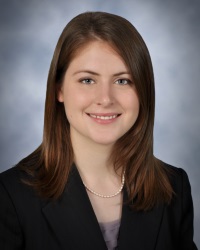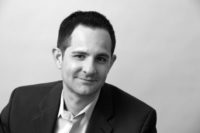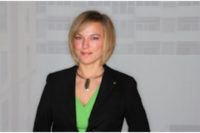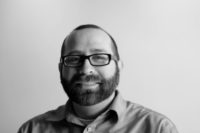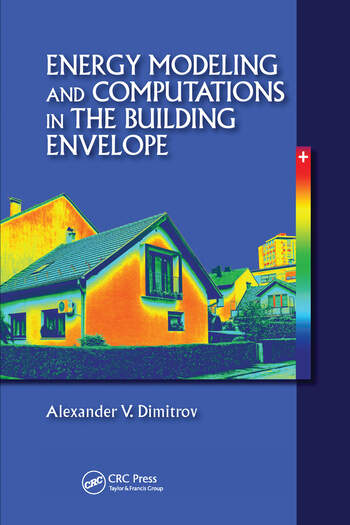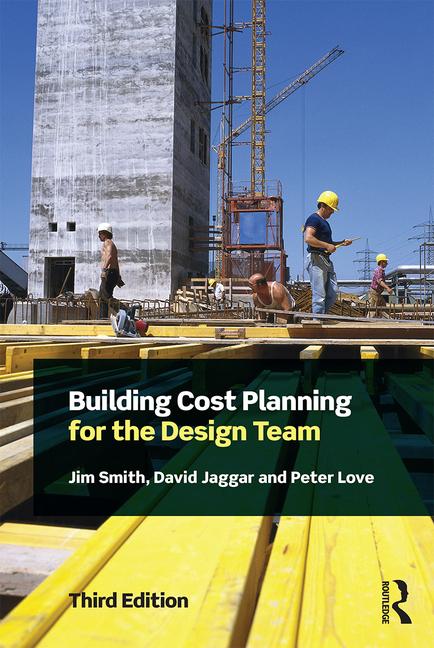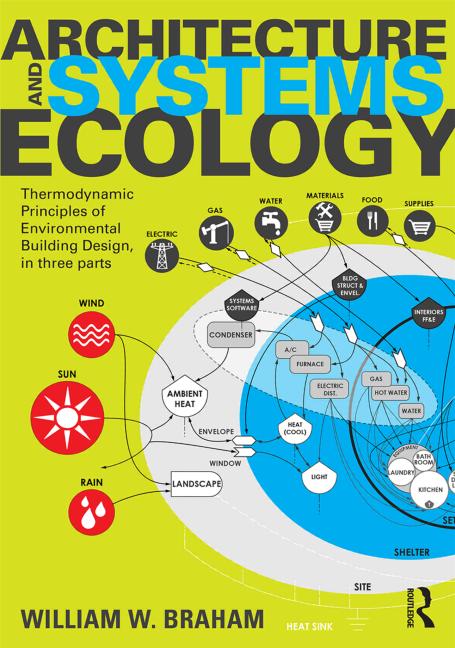Andrea Baird is an Architect with Building Technology Consultants PC in Illinois.
Recently, BE sat down to talk to Andrea about her career.
Building Envelope: How many years do you have in the profession?
Baird: I have been working full-time for 8 years. My university had an excellent cooperative education program that allowed me to work for 2 semesters in the industry. I was fortunate to spend one of those semesters in Fairbanks, Alaska.
Building Envelope: What is your work history in this field?
Baird: I have had the opportunity to experience several aspects of the building industry during the early years of my career. After graduating, I started working at Hobbs + Black Architects in Ann Arbor Michigan. There, I mainly worked on new design and historic restoration projects. After a couple of years, I relocated to Chicago, taking a position with Graef as a structural designer. I then went to a small building enclosure consulting company in Houston where I learned the fundamentals of building science, and gained valuable experience on construction sites.
In 2011 I returned to Chicago to join Building Technology Consultants, where I specialize in building enclosure consulting. I help other architects design their buildings to perform better, and help owners of existing buildings with building performance issues. I consider my work to be a hybrid of architectural and engineering professions.
Building Envelope: Where did you go to school?
Baird: I graduated from the University of Detroit Mercy in 2006 with a Master of Architecture and Master of Engineering.
Building Envelope: Did you have a specialization?
Baird: My concentration during school was in structures. My intention was to have a sound technical background to inform design decisions.
Building Envelope: Do you approach architecture from an artistic or functional starting point? Are the two concepts exclusive?
Baird: I think good design requires both. When it comes to buildings, beautiful design isn’t successful unless it is functional and durable. At the same time, spaces must be pleasant to occupants.
Building Envelope: What projects, other than your own work, do you find inspiring?
Baird: Living in Chicago, it’s difficult to not to be inspired by the built environment. I am particularly fond of the historic structures such as the Rookery and The Auditorium Building. Although these buildings are iconic, there is a lot to learn from structures that have been adaptable through various program changes, economic climates, and changes in building system technology.
Building Envelope: How many buildings have you designed?
Baird: I have been involved with over 50 projects, all as part of a team.
Building Envelope: If you had to choose one to represent your work, what project would you choose?
Baird: Unfortunately my largest and most challenging project is still under litigation, so I can not disclose the building. This project is complex in geometry, material and system interfaces, litigation requirements, and scheduling.
Building Envelope: What are your guiding principles when designing a structure?
Baird: When I am contributing to the design of a building, I am primarily concerned with performance, indoor air quality, and durability. I have the benefit of learning from design and construction mistakes during forensic investigations and applying that knowledge to new design and restoration.
Building Envelope: If you could have any building to redesign—anywhere in the world—which would you like to address?
Baird: Generally, I am interested in rehabilitating our historic building stock. There are plenty of abandoned or deteriorated buildings that we cannot afford to rebuild.
Building Envelope: What types of products interest you?
Baird: Durable and inert materials such as stone, metal, and terra cotta.
Builidng Envelope: What types of products in the wall and ceiling industry really interest you?
Baird: I am interested in innovative insulation, roofing, air barrier, and low-maintenance cladding materials.
